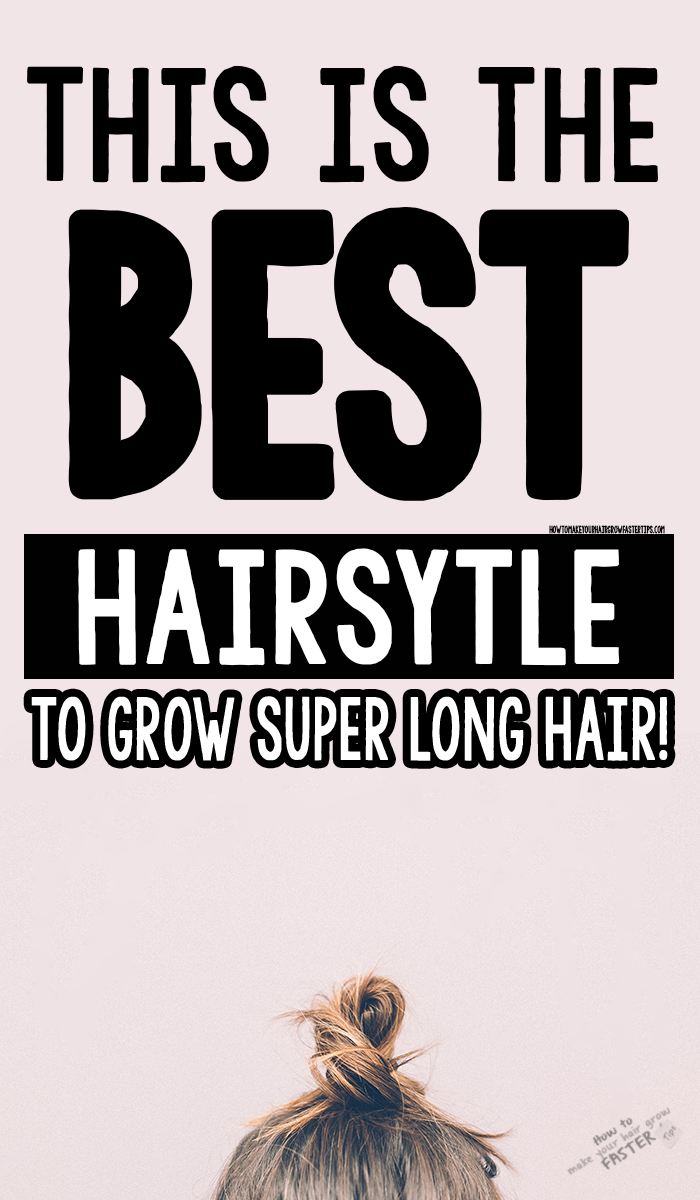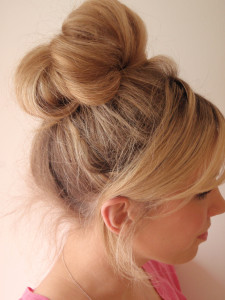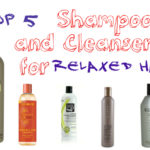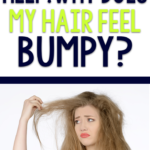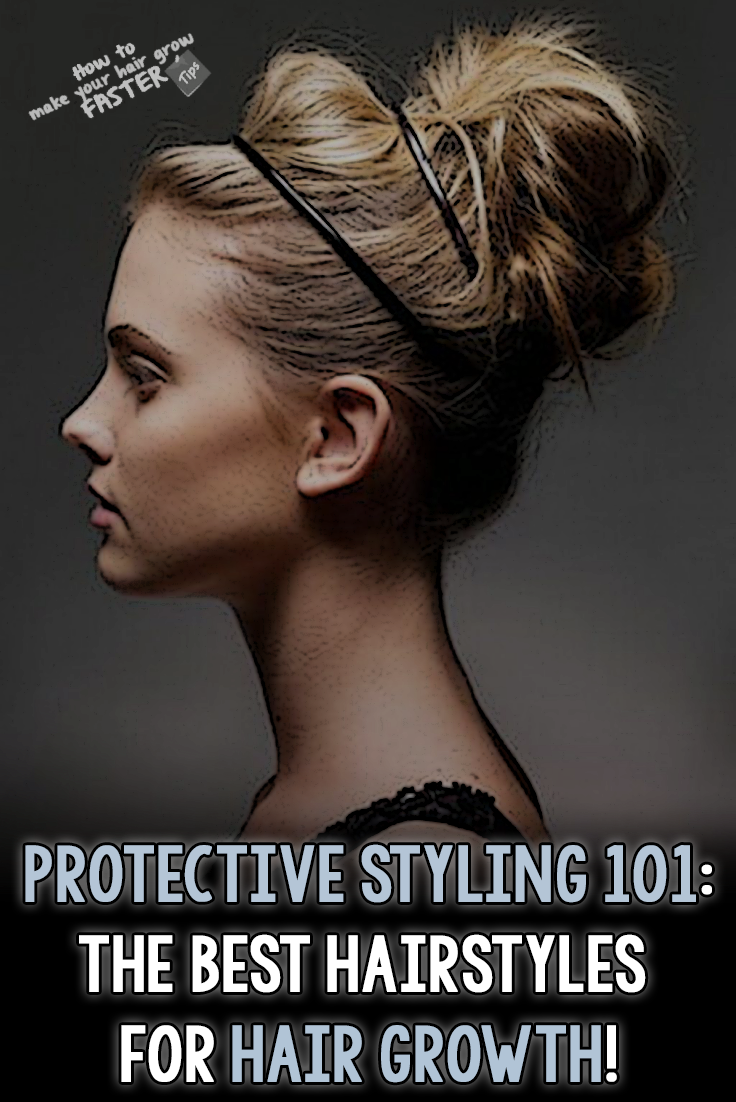
Hello Lovelies!
Many of us can recall the time when styling our hair was totally off limits and “mommy’s job,” and like me, I’m sure most of you couldn’t wait to grow up and take the reigns over caring for your own hair. Well, when we finally grew older and started experimenting with our hair and hair styling possibilities, too many of us went overboard. From cutting, to coloring, to curling, to flat ironing, to blow drying, and everything in between, many of us have put our hair through so many styles that are stressing and damaging to the hair. Overtime, regular and frequent hair style changes (especially hairstyles that use heat) can be detrimental to the condition of your hair and your long hair goals. If you want your hair to become stronger and gain significant length, incorporating protective styles into your hair care regimen may help you reach your long hair goals faster.
What is Protective Styling?
Protective styling means different things to different people, but in the simplest terms, protective hairstyles are hairstyles that require low-manipulation and shield your hair from physical and environmental agitation. So to me, a protective style is a hairstyle that can stay in place for a while without the need to re-style the hair, anywhere from a few days to a couple of months. A protective hairstyle is also a hairstyle that protects the ends of the hair, which is the oldest and most fragile portion of the hair on any person’s head. Now it’s virtually impossible to eliminate all disturbances to the hair, but it is possible to limit them. What protective styling really does is limits the opportunities we have to damage our hair, and it gives our hair a ‘break’ and a chance to grow without disturbances.
Top Protective Styles
Now many people think protective styles have to be boring or plain, but truth be told, protective styling options are wide and varied. No matter your hair type or the length of your hair, there are protective styling options available to you, and they can be as simple or as elaborate as you’d like. As long as the ends of the hair are protected from the elements and the hairstyle you’ve chosen can last for at least a few days without the need to re-style your hair, then it counts as a protective style. Here are the top 6 protective styles for growing longer hair.
Buns/Chignons
From the messy bun to the sock bun, buns are perhaps the easiest and most versatile protective styling option for all hair types. Buns allow you to protect the ends of the hair, and most buns can be worn for a few days before they absolutely need to be taken down and restyled. However, I would note that it’s important to use the proper hair tools to secure your bun in an effort to prevent damage. Opt for hair ties that don’t have metal parts that can snag the hair and cause breakage. Also, try to vary the positions where you place your bun on your head to prevent strain and breakage in one area of the head. For example, if you wear a low bun one week, opt for a high bun the next week, and alternate the bun’s position every week or so you don’t put undue stress on the crown or nape of the head. Also, if you use bobby pins to secure your bun, make sure to vary the position of the pins as well to prevent stress and breakage to the hair.
French Roll/French Twist
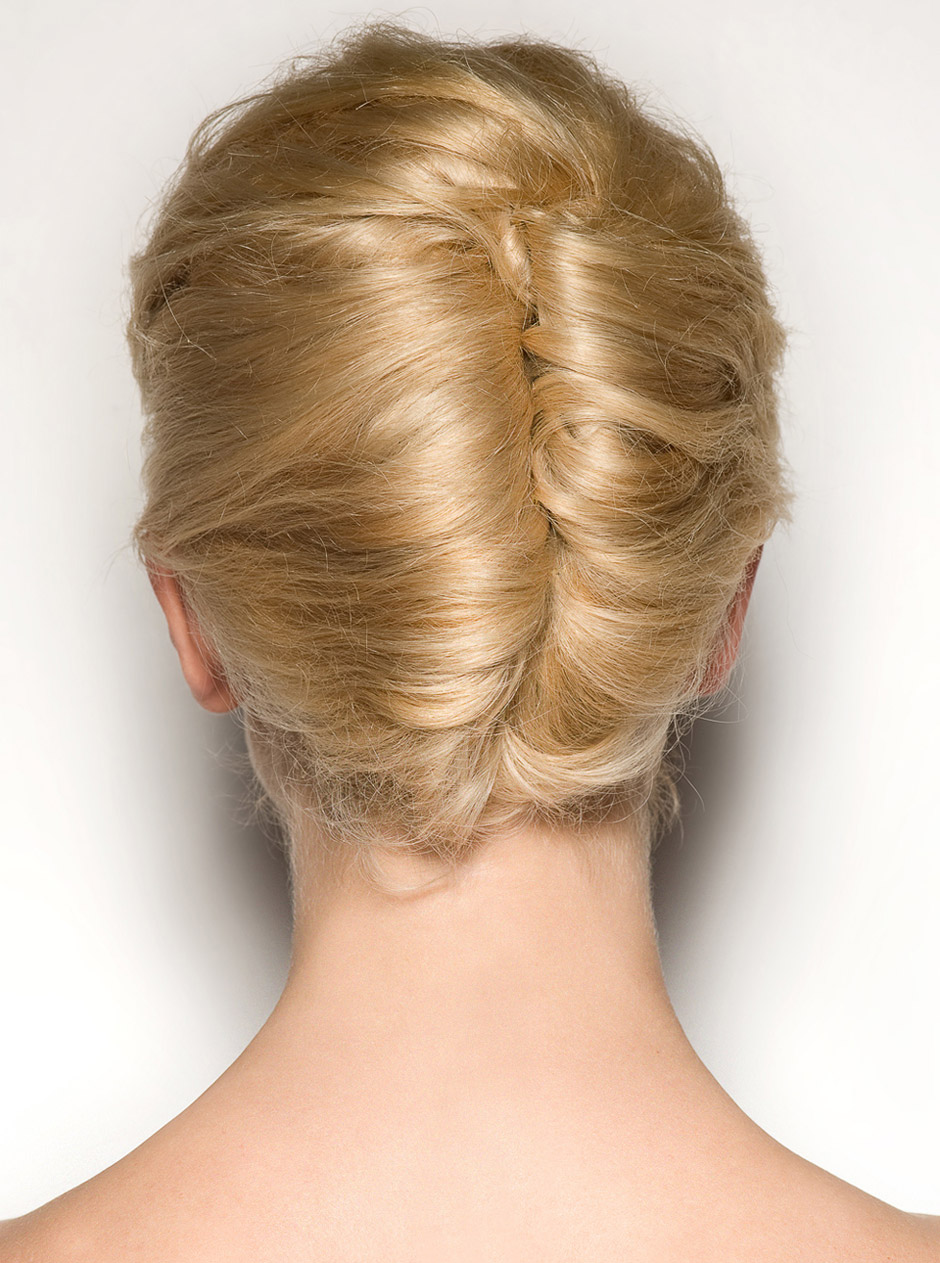
The french roll is an elegant protective style for special occasions or just simple everyday wear, and it’s just as classic as the bun; no matter what anyone says, it’ll never go out of style! My mom had a friend who wore a thick and perfectly coiffed french roll everyday for years. As a child, I always wondered how long her hair was, but I never had the gall to ask. However, I was lucky enough to catch her a home one evening after she had taken her hair down, and I was shocked/not so shocked to see that she had waist-length hair. I guess those years of sporting her french roll paid off!
I like the french roll because it’s quick and easy, and it can be done on practically any hair texture. However, similar to buns and chignons, vary the position of the hair pins you use to secure your hair, and don’t pull too tightly on the nape or hairline when you create your french roll to prevent thinning and hair loss to these delicate regions.
Pinned and Tucked Up-dos
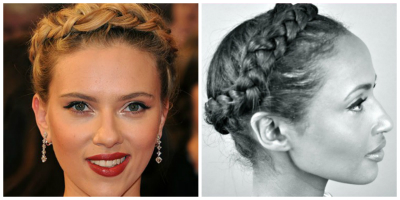
The thing I like about updos is that there is no right or wrong way to do them. With updo hairstyles, you can get as creative as you like when it comes to protecting your hair; and no matter your hair type, the updo hairstyling options out there are virtually endless. One of my favorite protective updos that’ll work on all hair types is the halo braid. It takes a bit of learning to achieve the style, but once you get it down, it’s sure to be an instant styling favorite, and the hairstyle can last for several days without the need to re-style.
Braids
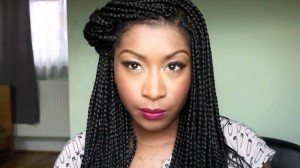
Contrary to what some people may say or think, braids are an excellent protective style for curly and highly-textured hair types. As long as your braids aren’t too tight and don’t place too much tension on the hair, braids are a great protective style because you can go without re-styling your hair for weeks at a time. Ladies with highly textured hair benefit from braids because the style requires no to low manipulation of the hair, which is important for hair types where any amount of friction between the hair strands can be detrimental overtime. If you opt for braids as a protective style, just be sure to keep your braids moist by using a braid spray or homemade moisturizing mix that you apply directly to your braids, and keep your scalp clean and clear from oils and buildup. Check out this awesome box braid styling tutorial from Jennifer Olaleye.
Extensions/Hair Weave
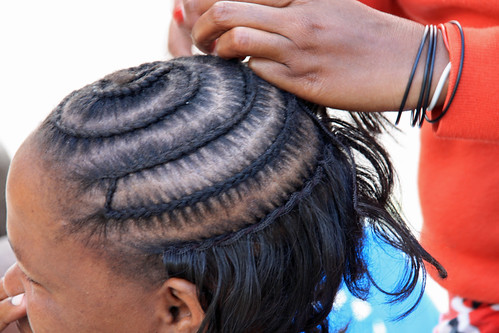
Extensions and hair weave totally gets a bad rap, because when properly applied and cared for, this styling option can help curlier and textured hair types retain length. Hair weaves are a great protective style because they allow the hair to rest and simply grow without interruptions for months at a time. Perhaps the reason why weaves and extensions have a bad reputation for damaging the hair is because they require diligent care, almost as if you were caring for your own hair, perhaps even more so. Most hair weave horror stories happen when the base of the weave, the braids, is too tight and places too much tension on the hair. Also, failure to routinely shampoo and moisturize your real hair underneath a hair weave can be counterproductive if you’re wearing the hairstyle to retain length.
If you decide to go with a hair weave as your protective style, make sure your braids underneath the weave are firm, but not tight. Opt for high-quality, human hair instead of synthetic, and sew the weave to your braids with higher quality, cotton thread instead of synthetic threads that can cut and damage your braids. Shampoo your hair weave every few weeks or so, and follow up with a deep conditioner to keep your real hair pH balanced. Always make sure the braids underneath your weave are properly dried after each cleansing session (this may require you to sit under a hooded dryer or use a handheld drier with a nozzle), and moisturize your braids underneath the weave at least once a week. Now if you have thin hair or hair that is severely damaged, a hair weave may cause more damage to your hair if applied by an inexperienced stylist. Additionally, I don’t see this hair style working for straighter hair types that need more frequent washing and wouldn’t be able to hold braids for too long; it simply wouldn’t be worth the hassle.
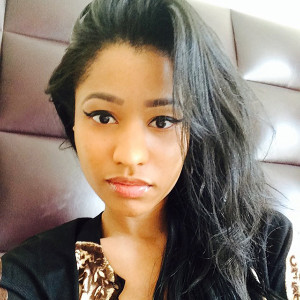
Wigs
Who doesn’t love Nicki Minaj’s funky and stylish wigs? Well when she decided to shed her popular wigs and wear her natural hair, many people were shocked that she had a full head of hair of her own, but not me, because I know that wigs are a great protective style. Celebrities like Nicki Minaj and Beyonce have to change their hairstyles very often to keep us, their fans, guessing and wanting to copy their every move. However, those frequent hairstyle changes would wreak havoc on their own locks, so many stars opt for wigs instead to protect their own hair from damage. Even Kim Kardashian has taken to sporting wigs as of late, and I’m willing to bet it’s because her constant use of clip-in extensions has thinned and damaged her hair.
If you want to give wigs a try as a protective style, be sure to cover your hair with a satin or silk cap prior to placing the wig to prevent friction-based damage to your real hair underneath. If you have curly or highly textured hair, consider cornrowing or braiding your hair into a beehive so you can wear your wigs without manipulating your own hair. Also, don’t forget to remove your wig every night to give your scalp a chance to breath, and keep up with the regular moisturizing and cleansing portions of your hair care regimen no matter how your hair is styled underneath your wigs.
I will note that wigs can cause damage to the hairline and edges of the hair if improperly placed, so to prevent this from happening use wig liners like this one to protect your hairline and skin.
Last but not least, check out my protective styling board on Pinterest for some unique and absolutely adorable protective styling ideas!
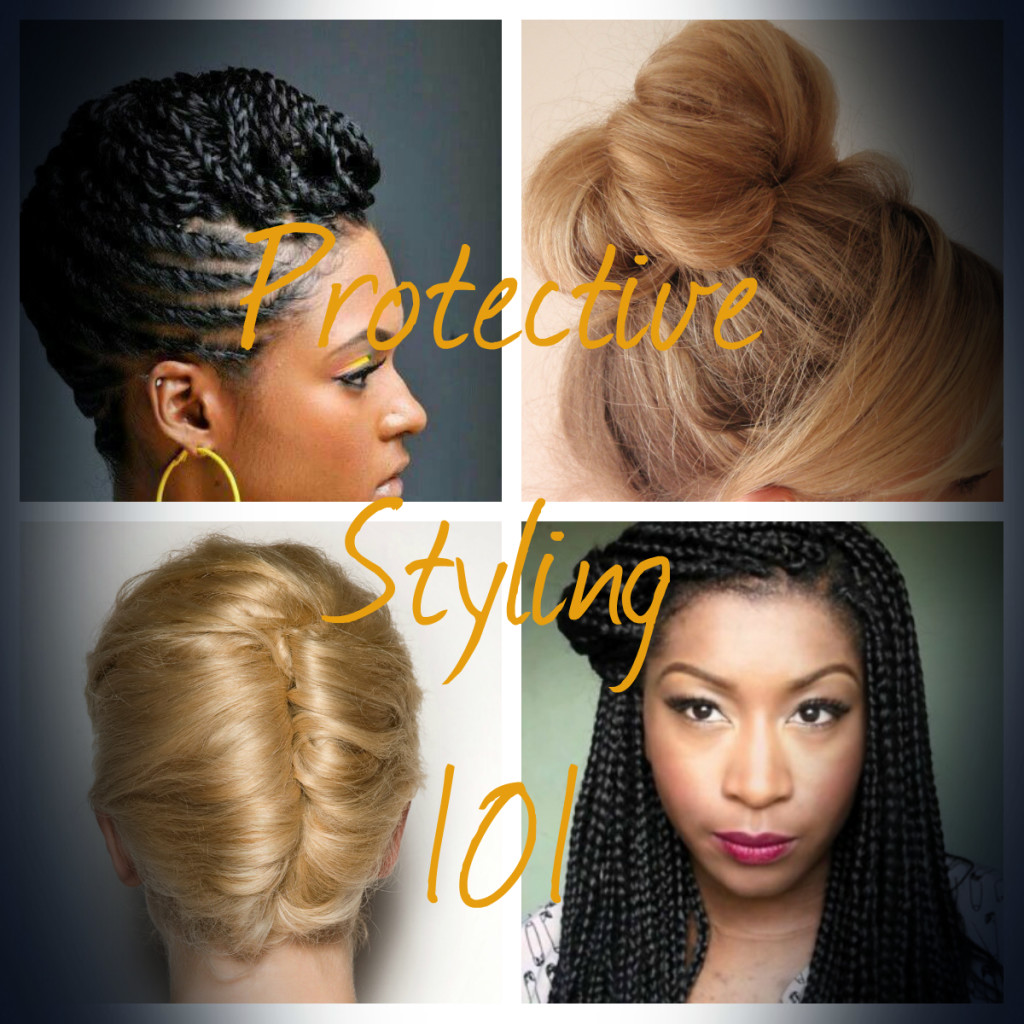
Photo & Video Credit: Lesleigh @ Pearls on a String | fevenandhelena | Jennifer Olaleye | Yipski @ Flickr | Nicki Minaj Instagram
